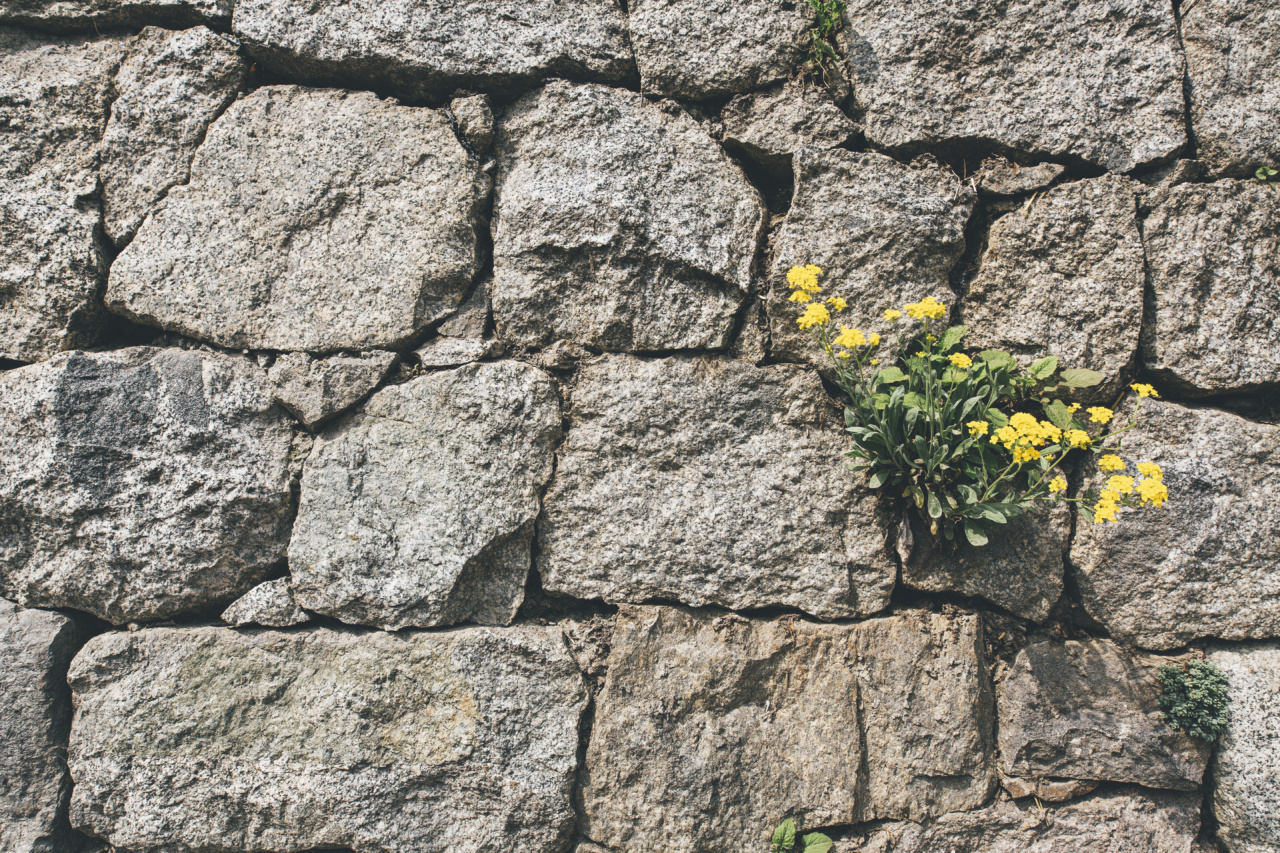Kidney stones are one of the most painful conditions that one can experience, and unfortunately, they are quite common.
The prevalence of kidney stones has been increasing steadily over the past few decades, and while there are a number of factors that contribute to this trend, the summer season seems to play a particularly significant role.
What are Kidney Stones?
Kidney stones are hard, crystalline deposits that form inside the kidneys. They are made up of various minerals and waste products that are filtered out of the blood and excreted through the urine.
When these substances become concentrated, they can crystallize and clump together, forming a stone.
The size of a kidney stone can vary widely, from a grain of sand to a golf ball. When a stone is small enough, it may pass through the urinary tract without causing any symptoms.
However, larger stones can cause severe pain and discomfort as they move through the ureters and bladder.
Why are Kidney Stones More Common in the Summer?
While kidney stones can occur at any time of the year, they are more common during the summer months. There are a few reasons for this:.
1. Dehydration
Dehydration is one of the most significant risk factors for kidney stone formation. When the body doesn’t get enough fluids, the urine becomes more concentrated, which can lead to the formation of stones.
In the summer, people are more likely to become dehydrated due to the hot weather and increased physical activity.
2. Diet
Your diet can also influence your risk of developing kidney stones. In particular, foods that are high in oxalate, such as spinach and chocolate, can contribute to stone formation.
In the summer, people may be more likely to consume these types of foods, which can increase their risk of developing stones.
3. Increased Outdoor Activity
During the summer months, people tend to spend more time outdoors and engage in more physical activity. While this is generally good for overall health, it can also increase the risk of kidney stones.
Physical activity can cause the body to lose more fluids through sweating, which can lead to dehydration and concentrated urine.
Symptoms of Kidney Stones
As mentioned, kidney stones can range in size from tiny grains to larger masses. When a stone is small enough, it may pass through the urinary tract without causing any symptoms.
However, larger stones can cause severe pain and discomfort, which may require medical attention.
The most common symptoms of kidney stones include:.
- Severe pain in the back, belly, or side
- Pain that spreads to the groin or genitals
- Painful urination
- Blood in the urine
- Nausea and vomiting
- Fever and chills (if an infection is present)
Preventing Kidney Stones
The good news is that there are things you can do to help prevent kidney stones from forming in the first place. Here are a few tips:.
1. Drink plenty of fluids
Staying hydrated is one of the best ways to prevent kidney stones. Aim to drink at least 8-10 cups of water per day, and more if you are active or live in a hot climate.
2. Watch your diet
Be mindful of the foods you eat, particularly those that are high in oxalate. Some common high-oxalate foods include spinach, chocolate, nuts, and tea.
While you don’t necessarily need to avoid these foods completely, it’s a good idea to eat them in moderation.
3. Get enough calcium
Contrary to popular belief, getting enough calcium in your diet can actually help prevent kidney stones. Calcium helps bind with oxalate in the intestines, reducing the amount that can be absorbed by the body and excreted in the urine.
4. Limit salt intake
High levels of sodium in the diet can increase the amount of calcium excreted in the urine, which can contribute to the formation of kidney stones. Try to limit your salt intake to no more than 2,300 milligrams per day.
5. Stay active
Regular exercise can help prevent kidney stones by promoting healthy blood flow and reducing the risk of dehydration. Aim to get at least 30 minutes of physical activity most days of the week.
When to Seek Medical Attention
If you are experiencing symptoms of kidney stones, it’s important to seek medical attention right away. Depending on the size and location of the stone, treatment may involve pain medication, IV fluids, or even surgery.
In some cases, a procedure called lithotripsy may be performed, which uses shock waves to break up the stone so that it can be passed more easily.
The Bottom Line
Kidney stones are a painful and sometimes debilitating condition that can be prevented by following a few simple guidelines.
By staying hydrated, watching your diet, and staying active, you can reduce your risk of developing stones and enjoy a healthier, more comfortable summer.































